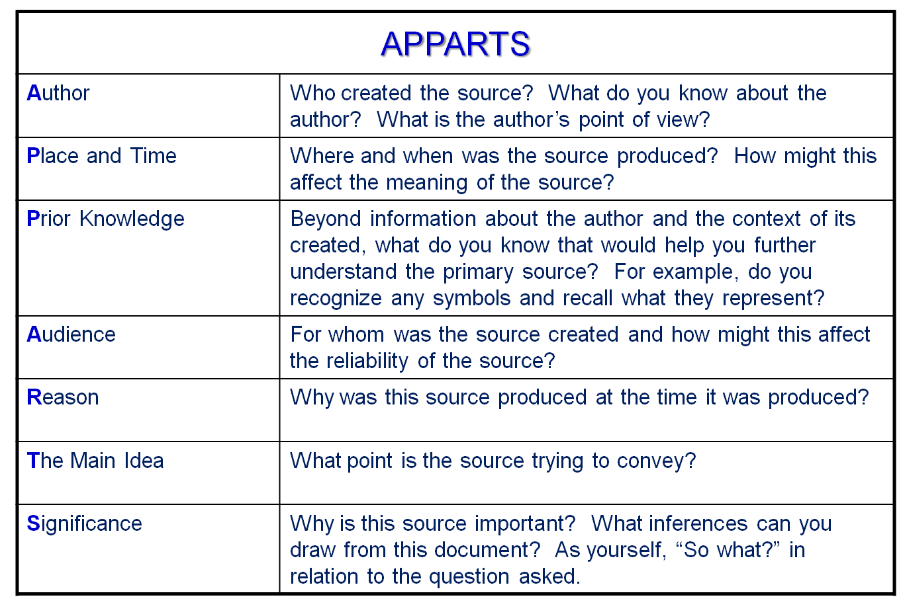Not exclusively US I, but very valuable. Zaption is a 2.0 site/tool that allows teachers to embed questions and additional resources into a streaming video like YouTube or PBS.org. Anything from M/C to short answer is possible and even gives instant feedback for incorrect answers. The free version still gives detailed analytics for each student that views the presentation or "tour" included % correct, % incorrect, # of attempts, if the students was skipping around, etc...
You don't have to make your own. There is a gallery hosting a variety of tours created by other practitioners that you can make a copy, edit, and distribute. You can additionally use the service to break up or trim down lengthy video resources (like the "Roosevelts" series by PBS) to the sections relevant to your lesson.
Crash Course's John Green packs every minute full of material that most students miss. Use text slides to review every two minutes or to pre-teach the upcoming two minutes. Better yet, have your advanced students do this as a review exercise in groups of twos while you remediate your less proficient students.
Long story short... Zaption is one of the tools we have been looking for in Social Studies. Jump in and get going. Share your / kids work with the blog here so we can continue our mission.
Collaborative Work = Less Work



